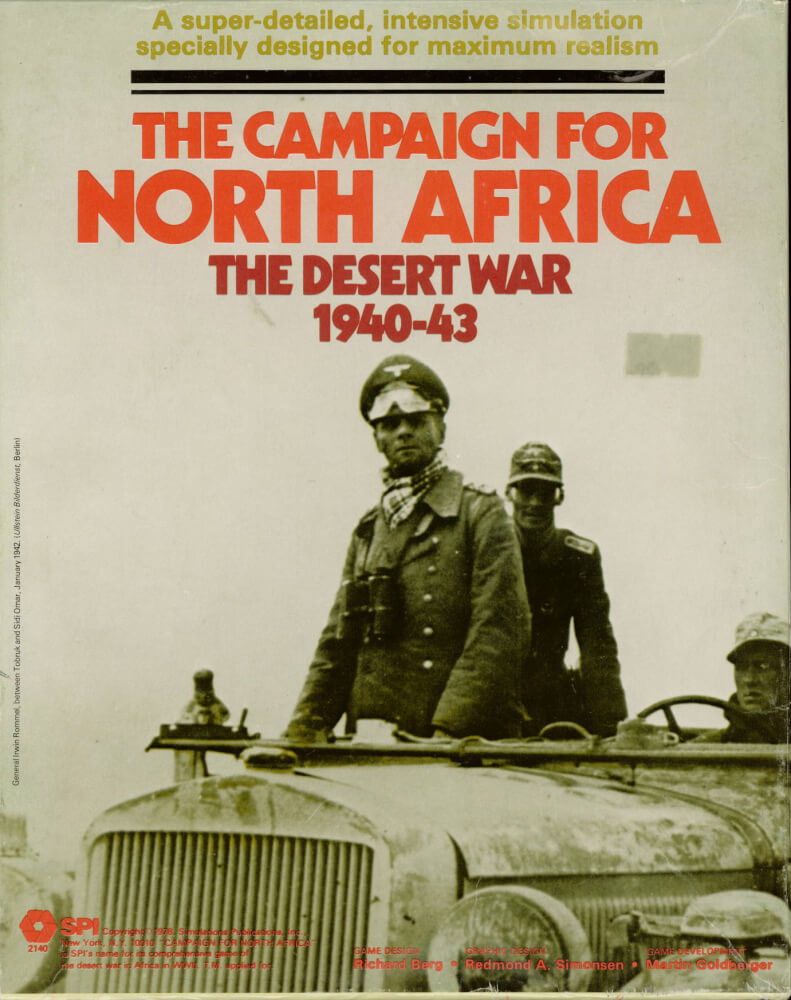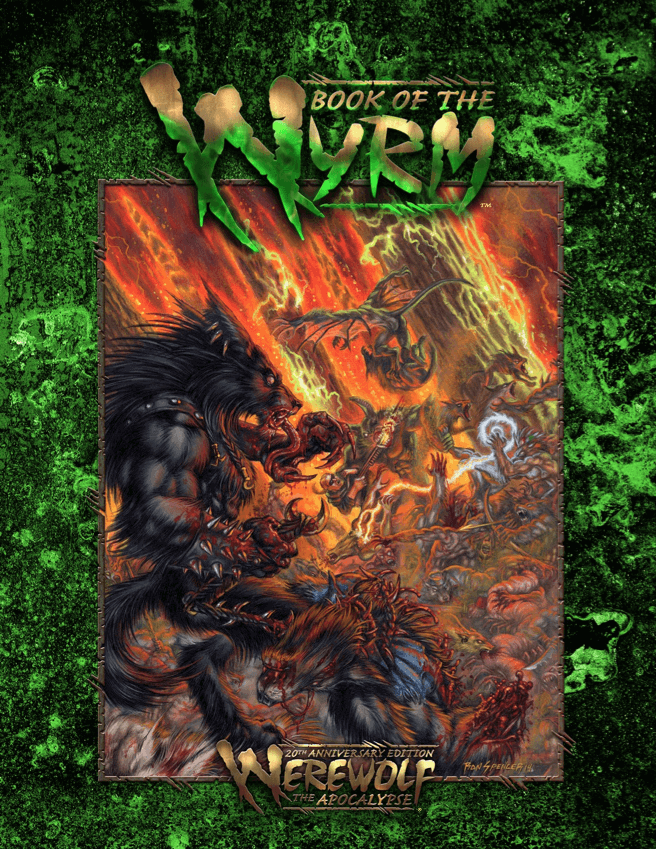
The Campaign for North Africa
The Campaign for North Africa is an intensive wargame of unparalleled depth. This game set in the Second World War stands out for its vast scale and meticulous detail. Although the playing area is extensive, the complexity is balanced in such a way as to make the experience accessible even to those who are not experts in historical games. Players take on critical roles, with a recommended total of five participants per side, each with well-defined responsibilities that reflect the actual military structure. The commander-in-chief leads strategies and resolves internal conflicts, while the logistics commander manages critical supplies, ensuring that troops are well stocked and informed about the availability of resources. The rear area commander is crucial for security and transportation, ensuring that supplies reach the front. The air commander orchestrates air operations, while the frontline commander coordinates troop movements and direct attacks. The game is designed to be played collaboratively, and matches can stretch to an impressive 1200 hours when played by a full team of 10 players. Every move and decision is supported by detailed rules that allow for careful management of units, supplies and operational strategies, ensuring a rich and immersive gaming experience. The Campaign for North Africa is not just a game, but a true simulation of military command, where every decision can change the course of the battle.Artists: Redmond A. Simonsen;
Designers: Richard H. Berg;
Date: 1979
Note: -
Mechanics: Hexagonal grid
Topics: War
Table of Contents
- How to Play
- Tips for playing
- Game mechanics
- Game components
- Additional Information
OBJECTIVE OF THE GAME

Tips for playing
Here are some tips for doing better in the game The Campaign for North Africa:
- Manage your supply lines carefully; logistics is crucial.
- Decide your strategic priorities in advance, whether offensive or defensive.
- Focus on protecting your transport vehicles; they are vital for moving supplies.
- Communicate effectively with your team to avoid tactical errors.
- Take into account the wear and tear on troops and equipment over the course of the campaign.
- Keep a close eye on fuel and water consumption.
- Be prepared to adapt your tactics to the desert conditions.
- Make the most of your air units for reconnaissance.
- Balance offensive exploitation with the defense of your strategic positions.
- Think ahead and plan movements over several shifts.
Video about the game
GAME mechanics
- Hexagonal grid: The Hexagonal Grid mechanic is an essential pillar in The Campaign for North Africa, influencing movement and the strategic options available to players. The game map is divided into hexagons, each representing a specific area of terrain in the setting of North Africa during the Second World War. Units move from hexagon to hexagon during each player's turn, respecting the movement rules established by the game. The strategic choice of hexes allows you to control the territory, position units in advantageous locations and plan attacks or defenses. Varied terrain, such as deserts, oases and mountain ranges, have different movement costs and affect the effectiveness of units, making the choice of hexagon crucial for tactical planning.
Game components
See all the items in the game below The Campaign for North Africa:
- Event Cards
- Action Points
- Army parts
- Progress Markers
- Game Board
- Combat data
- Status Reports
- Supply Units
Additional Information
- Ludopedia link: https://ludopedia.com.br/jogo/the-campaign-for-north-africa
- Link Tabletopia:
- Amazon Brazil link: Comprar The Campaign for North Africa
- Amazon USA link: Comprar The Campaign for North Africa


